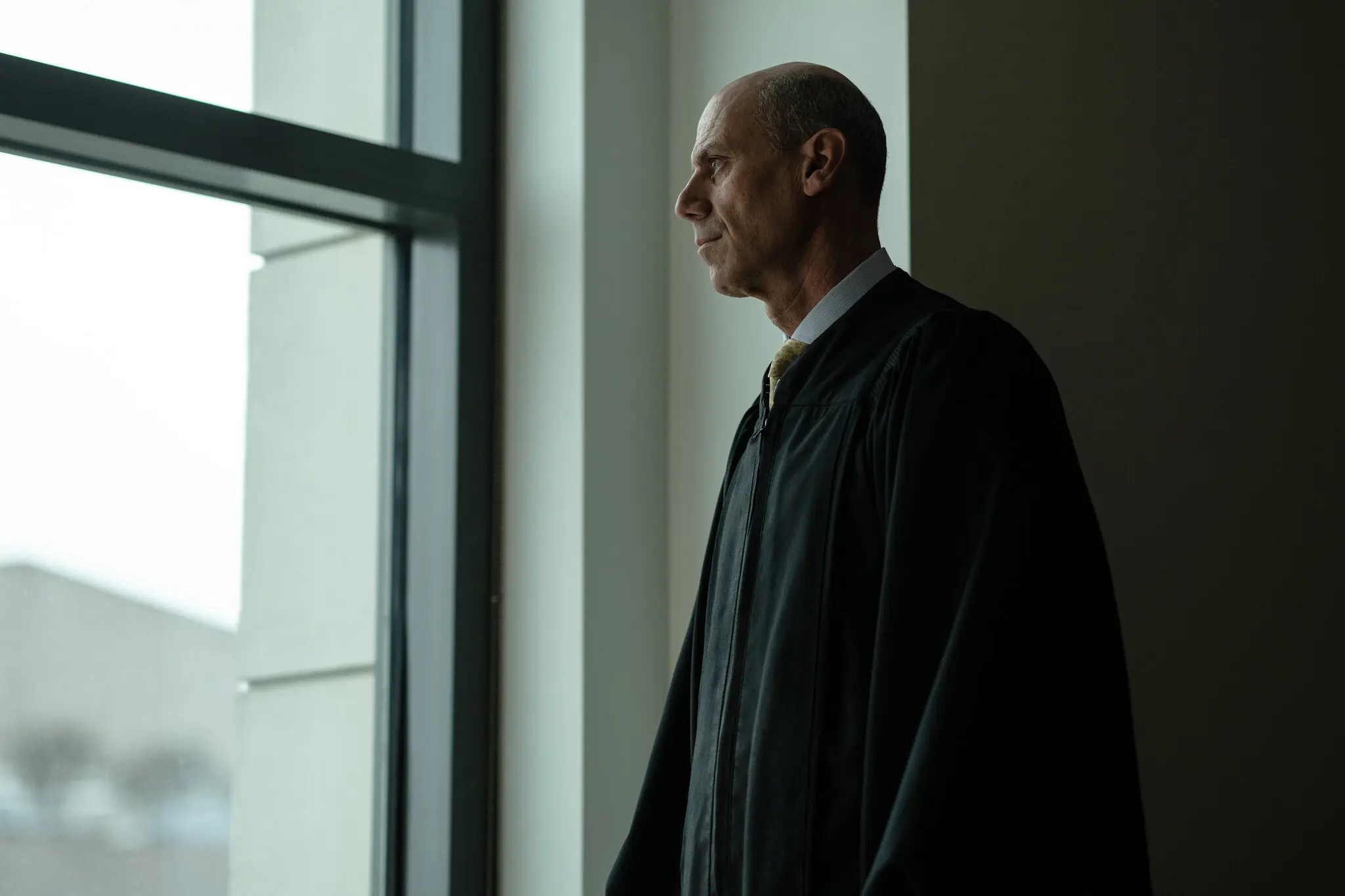That’s the question that I thought of when I heard the tragic story of Jahi McMath, the 13-year-old California teen that went in for what was supposed to be routine surgery and ended up in an unrecoverable coma.

According to news reports, doctors recommended surgery to remove Jahi’s tonsils, adenoids and extra sinus tissue. The intent was to treat the teen’s obstructive sleep apnea, a condition that caused her to stop breathing in her sleep. At first, the surgery appeared successful; she awoke and asked for a Popsicle to help her sore throat. However, while in the intensive care unit of the hospital, she began bleeding profusely. According to family members, Jahi went into cardiac arrest, and days later, was tragically declared brain dead.
According to California state law, brain death is defined as irreversible brain activity. Left unaided by a machine, such as a ventilator, an individual’s heart will stop beating.
“Six doctors have examined her and deemed her deceased according to state law,” The Christian Science Monitor wrote, (Dec. 29). “But conflicts have arisen over what precise physical structure constitutes the brain, with some broader definitions including the brain stem. Local news broadcasts have aired a heated exchange between a hospital spokesman and a lawyer for Jahi’s family over the definition of death and whether the girl might recover.”
“I believe in God, and I believe that if he wanted her dead, he would have taken her already,” the girl’s mother Nailah Winkfield said in a New York Times report (Jan. 4). “Her heart is beating, her blood is flowing. She moves when I go near her and talk to her. That’s not a dead person.”
Lately, the family of Terri Schiavo has sided with the teen’s parents.
From 1990 to 2005, Schiavo was the focus of an intense, and protracted legal fight between her husband Michael and her parents, Robert and Mary Schindler.
After collapsing in her home, in full cardiac arrest, Schiavo suffered massive brain damage due to a lack of oxygen. After two and a half months in a coma, the forty-one-year old was diagnosed as being in a “persistent vegetative state.” While Schaivo’s parents battled to keep their daughter on a feeding tube, Schiavo’s husband fought to have the tube removed claiming that his wife would never want to live in such a condition.
As a result, Schiavo was kept alive for a decade because her parents were convinced that their daughter exhibited conscious signs of life. After numerous appeals, motions and hearings, Schiavo’s feeding tube was finally removed on March 18, 2005 and she died on March 31.
When an autopsy was performed, CNN reported (June 17, 2005), that medical examiner “Jon Thogmartin [said] Schiavo’s brain damage ‘was irreversible, and no amount of therapy or treatment would have regenerated the massive loss of neurons.’ ”
As tragic and emotional as the current situation is for the family of Jahi McMath, the fact is the only way their daughter is showing any heartbeat is because she’s attached to a ventilator, a medical device that blows air into the lungs of a patient who is unable to do so on their own.
When it comes to end-of-life decisions, adults have the option of preparing an “Advance Health Care Directive” or “Living Will.” It’s a written document which spells out a patient’s medical wishes if they are ever incapacitated and unable to communicate. (Terri Schiavo did not have a directive.)
Typically, most families do not have such a directive concerning a child. While Jahi’s family believes their child continues to live – albeit on a ventilator – they insist the teen shows signs of life with limb movements.
On the other hand, six doctors have examined the girl and deemed her deceased according to state law. However, there is another macabre aspect to cases such as these. The hospital could have a financial interest in the disposition of the teen’s organs.
Returning to the central question: who should decide?
While the state may have a standard that says if the brain is dead, the patient is dead, the parents of Jahi are adamantly opposed to removing the ventilator, and are seeking another hospital or care facility that would maintain the girl’s current status, hoping for recovery.
Who are the stakeholders involved in this case?
In a direct sense, the hospital is a stakeholder because the surgery happened on their watch. Then, there’s the family. While I understand the state in wishing to adopt a legal definition of death in an effort to help medical professionals advise families and help make decisions, in this case, the consideration of the family comes first. Whether we agree with them or not, they have a right to determine the kind of care they wish for their daughter regardless of the opinions of doctors or attorneys.
From an ethical standpoint, it seems clear that while care and compassion are critical values involved, so is responsibility. Who pays for all this on-going care and for how long: the hospital, the care facility, the state where she is ultimately transferred or the parents?
As primary stakeholders, if the family can find a facility that will accept their daughter, and they have the funds necessary for on-going care, the hospital and state should step aside and allow them to move forward.
Medical science is not perfect, but it’s not exactly in the Dark Ages.
According to a New York Times interview, “David Magnus, director of the Stanford Center for Biomedical Ethics, said ‘There’s no reported case of a correct diagnosis of brain death where anybody comes back.’ He added that while death occurs after an hour because of a lack of blood flowing into the brain, Jahi has not had blood flowing into her brain since at least December 12.”
While I personally would attempt to counsel the family that their daughter is not going to recover and meets the definition of death adopted by most states, they have a right to transfer her care into the hands of others at their own expense.
In the case of 13-year-old Jahi McMath, I believe the parents should decide.
Comments










